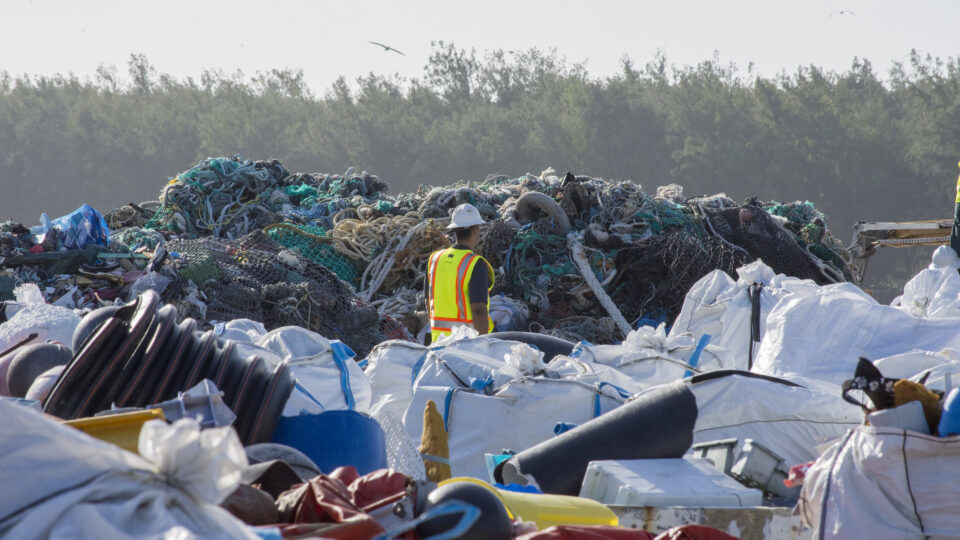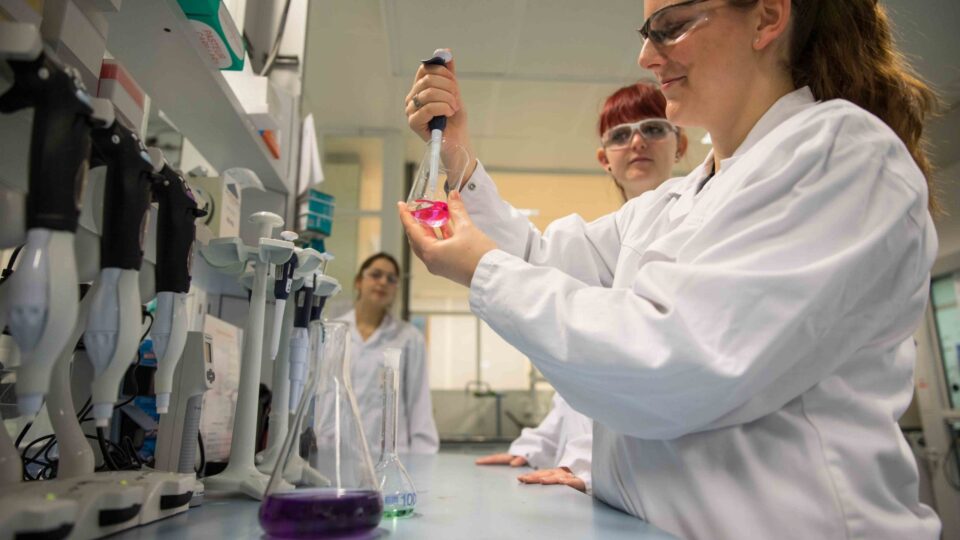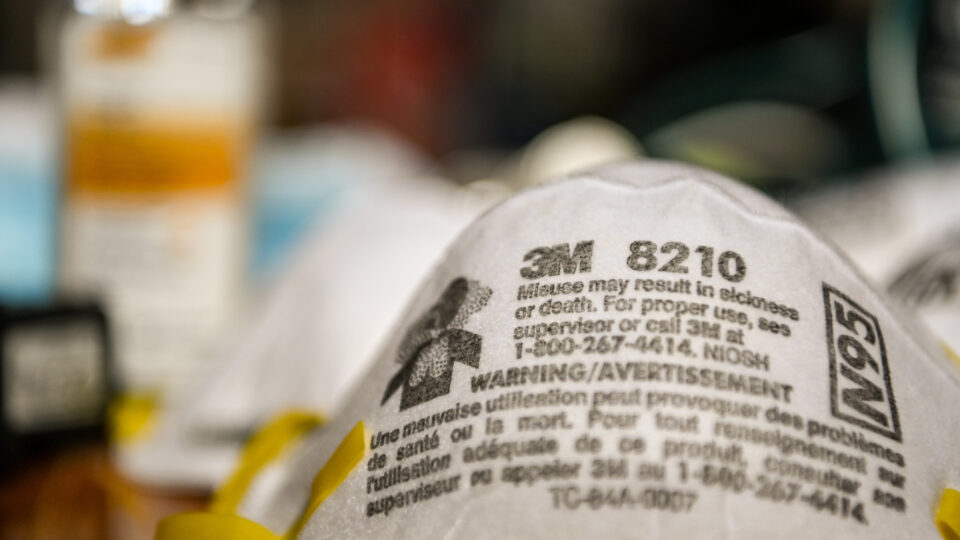According to the National Retail Federation, Halloween participation is expected to return to pre-pandemic levels this year. Spending on Halloween festivities by the 69% of Americans who celebrate is expected to add up to $10.6 billion in 2022 – or more than $100 per person – reaching a new record high.
Halloween generates a mind-boggling amount of waste. Picture all the flimsy single-use costumes, plastic candy wrappers, mass-produced decorations, and so on. Here are some tricks to treat you to a greener holiday.
Our first trick is to invest in quality costumes. Mass-produced (and often single use) costumes leave the largest carbon footprint from Halloween. They are often made from unsustainable materials, manufactured in countries with poor labor standards, and too many end up in landfills by mid-November. By renting, thrifting, swapping, or making your own costumes, many of the negative impacts of dressing up for the holiday can be avoided.
Our second trick is to invest in environmentally-friendly decorations and supplies. For example, carve local pumpkins and save the seeds and flesh to eat later. Make your own spooky decorations. If you do buy decorations, ensure that they are durable and reusable. And use a wicker basket, old bag, or pillowcase to trick-or-treat.
Our third trick is to pass out organic and fair trade candy. Some of the largest candy manufacturers are major drivers of deforestation and species extinction around the globe due to their demand for sugar, palm oil, and cocoa beans.
If you’ve already spent your $100 this year, consider these changes for next year. It’s never too late to become a superhero.
**********
Web Links
Retail Holiday and Seasonal Trends: Halloween
Photo, posted October 14, 2007, courtesy of Brian via Flickr.
Earth Wise is a production of WAMC Northeast Public Radio




